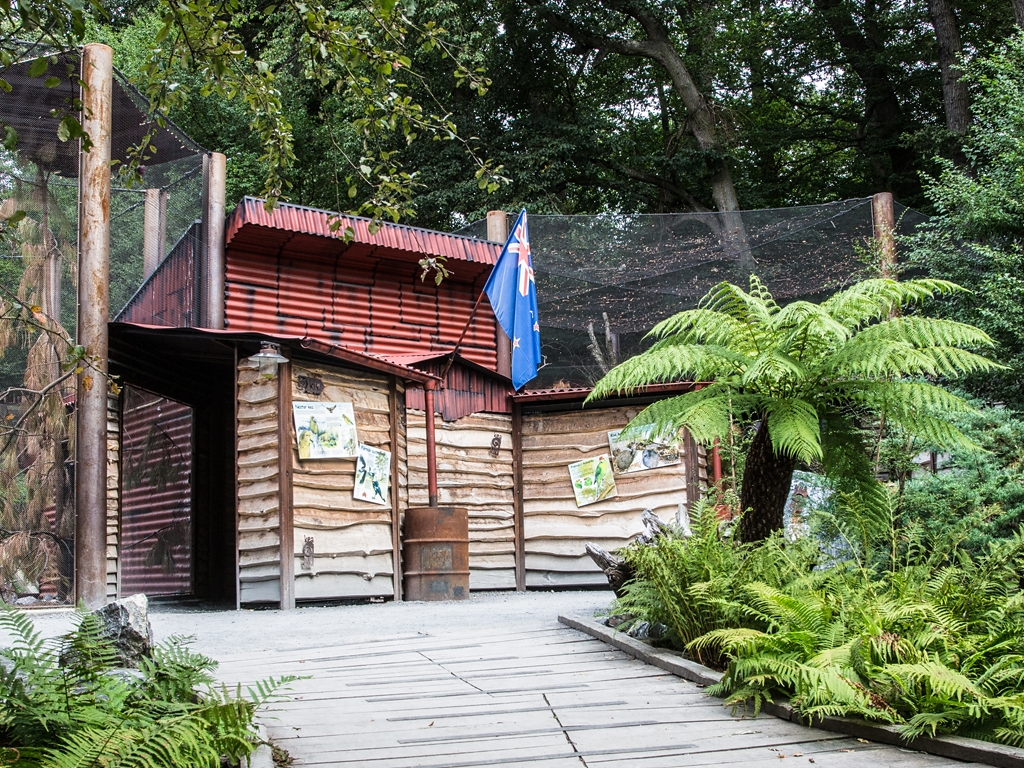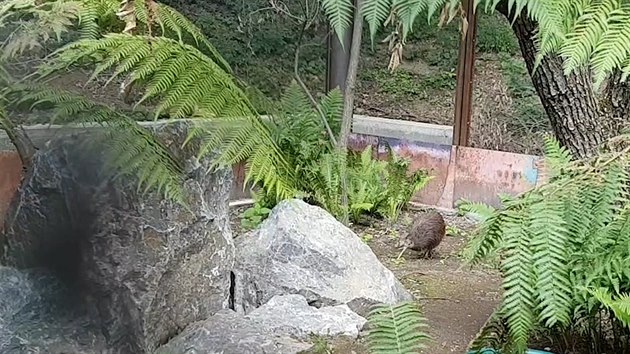As always with our new dlc announcements, now I can go ahead with this thread.
With our new animals what do you within requirements will be.
Il go ahead with my predictions
Kiwi
Temperate
Small sized habitat
1-2
Guests can enter
A lot of foliage
T Devil
Temperate
Small medium sized habitat
1-2
Some folaige
Quakka
Temperate
Small sized habitat
3-6
Guests can enter
Species enrichment with wallaby’s
Some foliage
Little blue penguin
Aquatic temperate
Small sized habitat with a lot of water
10-50
Guests can enter
And as the flying foxes are in their WE they are bound to that.
I don’t know much about these animals so if you have anything to chip in please do.
With our new animals what do you within requirements will be.
Il go ahead with my predictions
Kiwi
Temperate
Small sized habitat
1-2
Guests can enter
A lot of foliage
T Devil
Temperate
Small medium sized habitat
1-2
Some folaige
Quakka
Temperate
Small sized habitat
3-6
Guests can enter
Species enrichment with wallaby’s
Some foliage
Little blue penguin
Aquatic temperate
Small sized habitat with a lot of water
10-50
Guests can enter
And as the flying foxes are in their WE they are bound to that.
I don’t know much about these animals so if you have anything to chip in please do.



